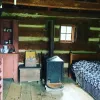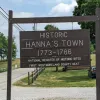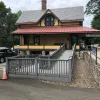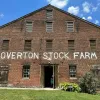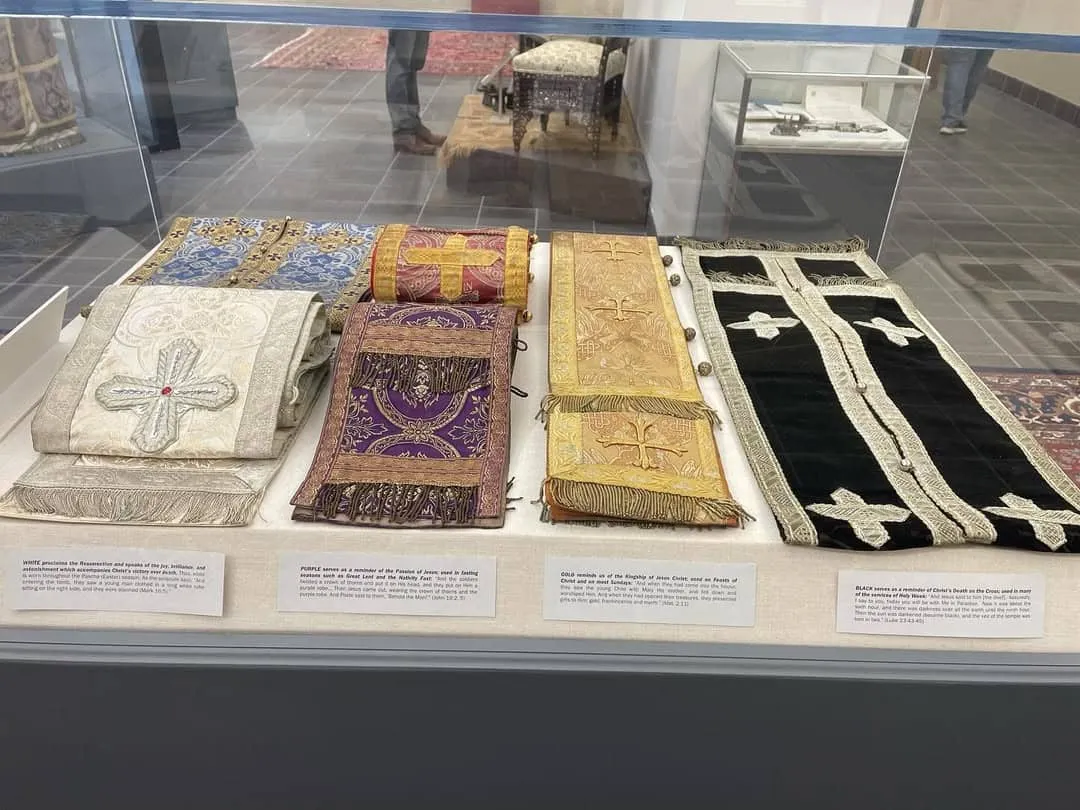
Bolivar, PA 15923
With a permanent collection of over 750 items, the Antiochian Heritage Museum offers visitors a fascinating glimpse into the textiles, inlaid woodwork, metal crafts, jewelry, and religious art of the Near East. Through its exhibitions, the Museum celebrates the magnificent artistic, cultural, and spiritual heritage of this region, as well as Eastern Orthodox Christianity, and particularly its roots in and around Antioch (Syria), where, in the Bible, we learn that the followers of Jesus Christ were first called Christians.
In addition to works from the permanent collection, past exhibitions have included "The Drawings and Paintings of Khalil Gibran," on loan from the Telfair Museum of Art in Georgia, and "Threads of Tradition—Palestinian Traditional Costumes," from the spectacular collection of Farah and Hanan Munayyer.
A permanent exhibition includes a display of liturgical items from the burial casket of Saint Raphael of Brooklyn. Born in Beirut, Lebanon, in 1860, and raised in Damascus, Syria, Saint Raphael was an early pioneer of Orthodoxy's growth in the United States. His remains are at the Holy Resurrection Cemetery on the grounds of Antiochian Village.
Antiochian Heritage Museum exhibits prints and photographs of holy and historic scenes of the Near East in the 19th century. From the ramparts of Antioch to the wilderness of Ziph, the exhibition takes the viewer on a journey to places of both historical and spiritual significance, as seen through the eyes of several European artists who ventured into Egypt, Syria, and the Holy Land during the nineteenth century.They brought home to Europe images of a land that few had ever seen: views of towns, deserts, seas, and mountain ranges mentioned in the Bible, the ruins of ancient Roman and Egyptian temples, early churches, and holy pilgrimage places. Where possible, biblical accounts related to each scene, along with the artists' journal entries made on location, bring these images to life and provide a cultural context in which to appreciate them.
